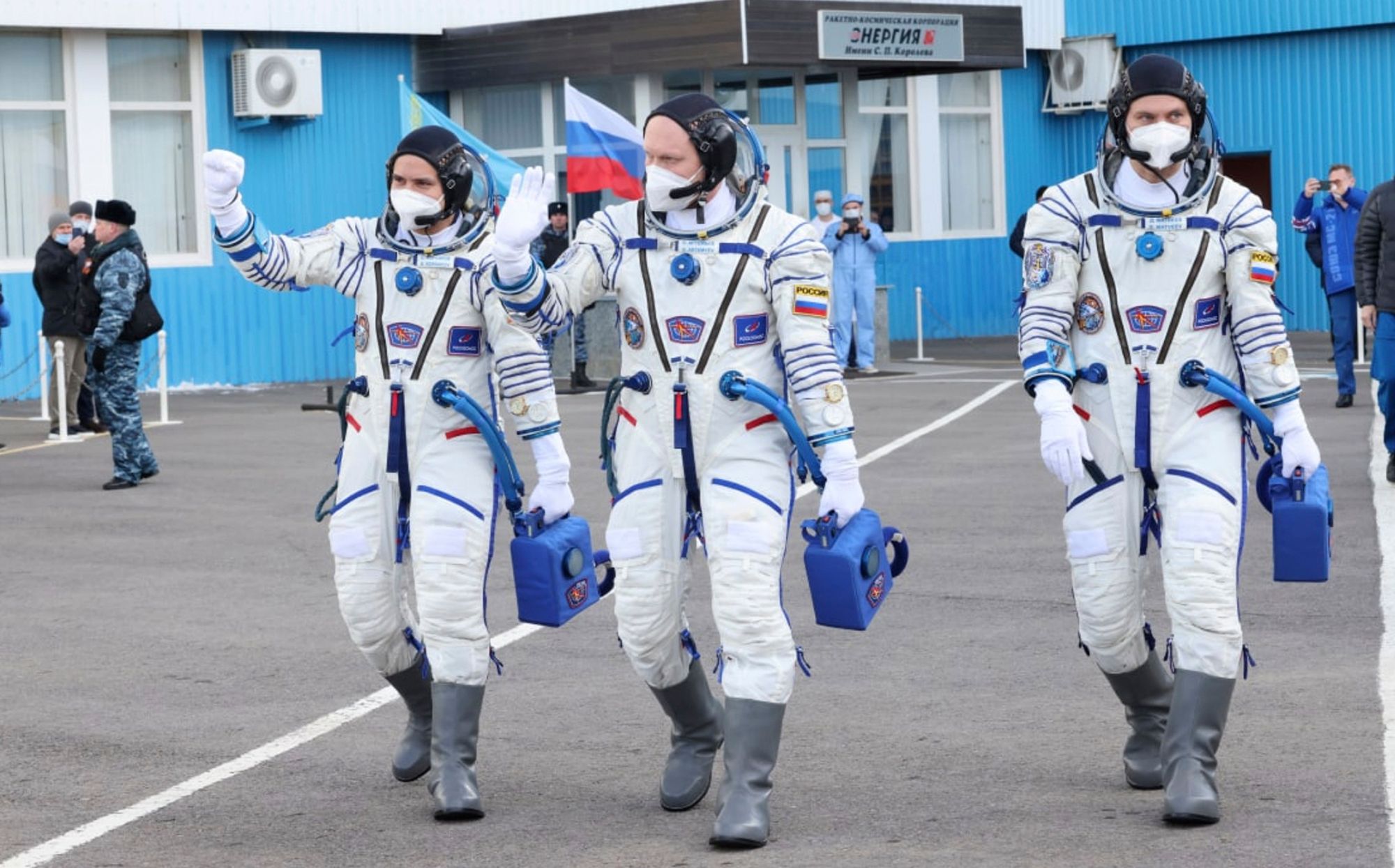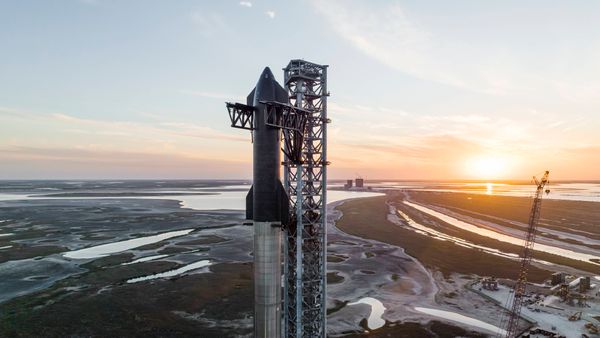Head of the Roscosmos state space agency Yuri Borisov has announced that Russia will leave the International Space Station (ISS) after 2024. He underlined that the country will remain on the ISS until 2024 to fulfill its responsibilities toward the U.S. and other international partners.
- Tensions began to heighten between the two countries after Russia began its invasion of Ukraine in February. Dmitry Rogozin, Borisov's predecessor, had also publicly stated that rising tensions could lead to an end in cooperation and Russia’s withdrawal from the ISS deal.
ROSS Is On The Way: Meanwhile, Russia’s now planning to build its own orbiting station dubbed the Russian Orbital Service Station (ROSS). However, ROSS will not exactly be a replacement for the ISS.
- According to Vladimir Solovyov, the head of flight operations for Russian space company Energia, phase one of the construction of ROSS could be completed as soon as 2030, and the crew will start visiting the station by that time.
- However, ROSS will not be permanently inhabited like the ISS or China's brand-new space station. The crews will visit ROSS twice a year, and these missions will only last up to 2 months.
- The station will have a Scientific and Energy Module and a docking module that will add six docking stations. The docking module will resemble the Nauka module that docked with the ISS in 2021.
- Solovyov says that ROSS can one day become a foundation for building a lunar or Martian complex if there is enough political and financial support.
ISS 101: The International Space Station (ISS) is a multinational collaborative project developed with five participating space agencies: NASA (United States), Roscosmos (Russia), JAXA (Japan), ESA (Europe), and CSA (Canada). It is currently the largest modular space station in low Earth orbit and is run by these five partners.
- The station launched into orbit in 1998.
- It serves as a microgravity and space environment research laboratory where scientists conduct research in astrobiology, astronomy, meteorology, physics, and other scientific disciplines. The ISS is also suitable for testing the spacecraft systems and equipment needed for future long-duration missions to the Moon and Mars.
- Currently, three American, three Russian, and one Italian astronauts are on board the ISS.
- Despite the concerns that the station has completed its lifecycle and is not fully functional, the partners plan to continue operating it until 2030.
China’s Tiangong Is Also On Its Way: China has also been building its first long-term space station called Tiangong for a while. The station's first and core module, the Tianhe, was launched in April 2021. The country has launched multiple crewed and uncrewed missions and two more modules to the station since then.
- The first crew was sent to Tiangong in June 2021. The three astronauts in the mission spent three months in Tianhe testing systems and conducting spacewalks.
- The Tiangong space station's construction was scheduled to finish by the end of 2022.
- China is not an ISS partner.









